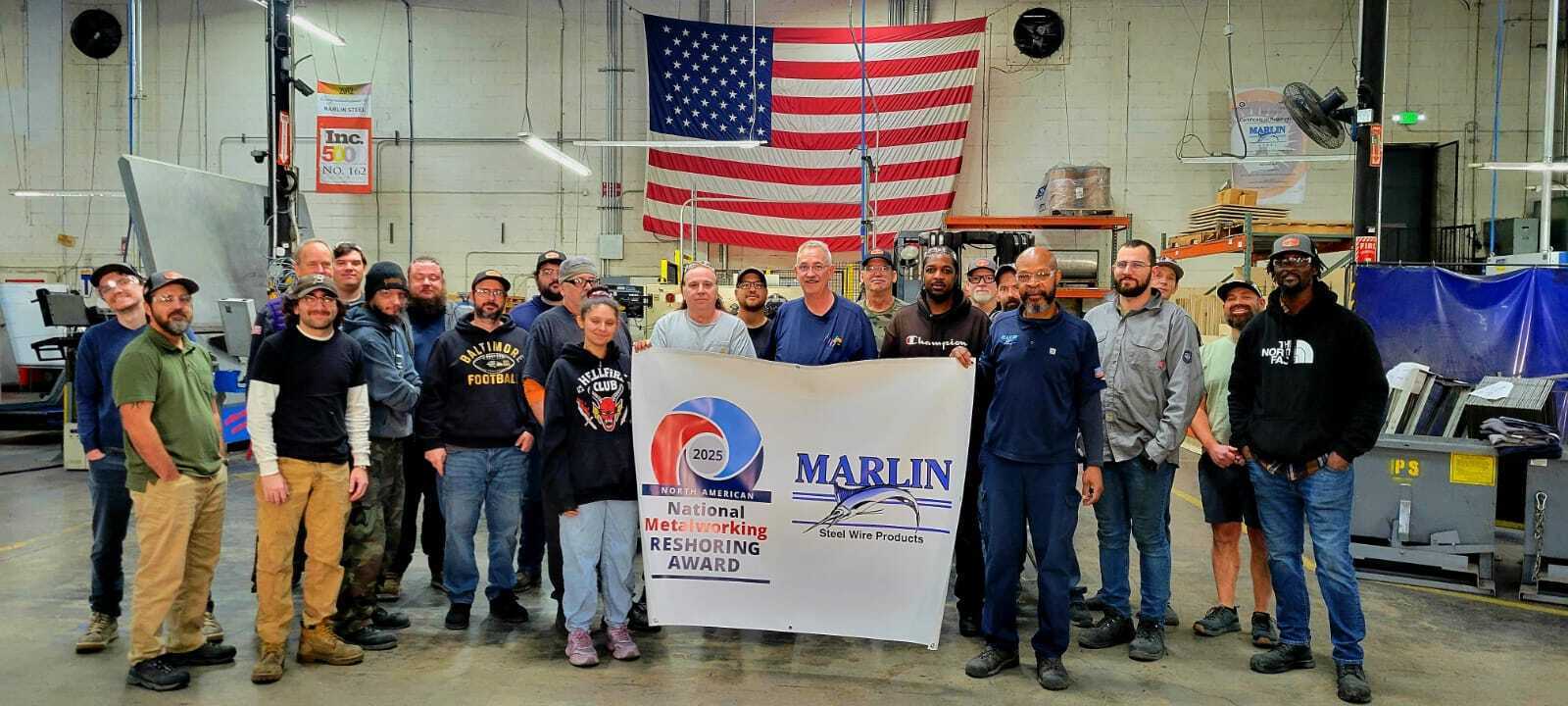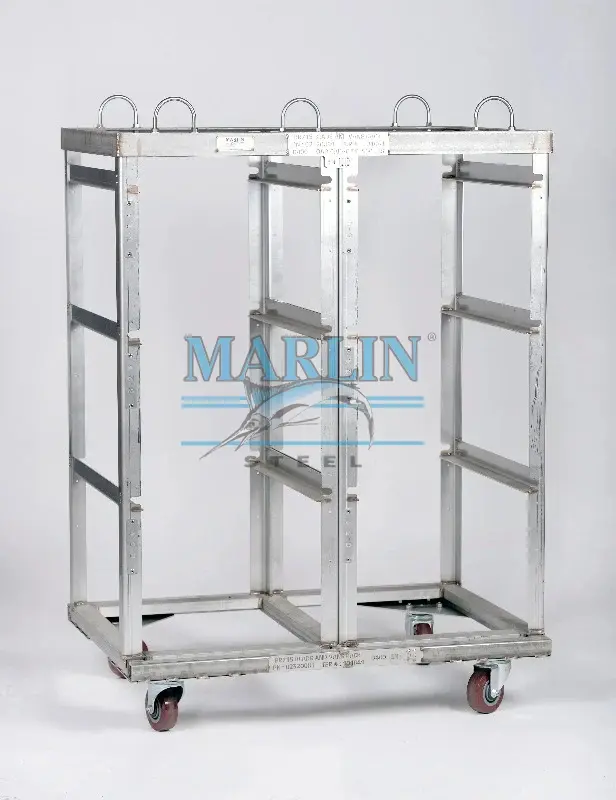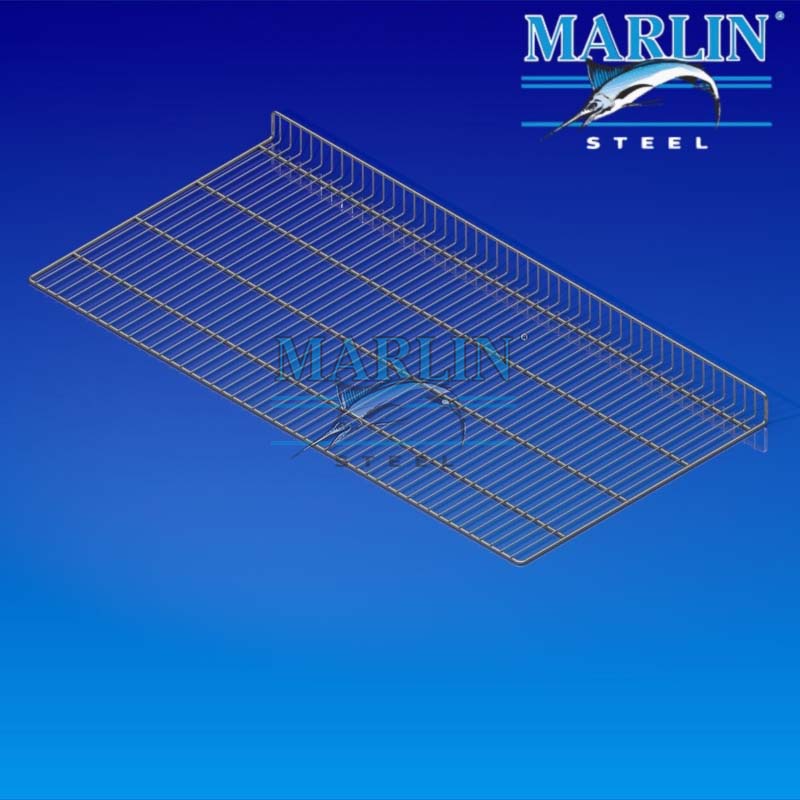At Marlin Steel, reshoring has helped create and sustain good jobs for American workers. These are people building meaningful careers in manufacturing. Their stories
Marlin Steel Blog
The latest manufacturing trends and news for wire baskets, wire forming, wire racks, carts, metal bracket, sheet metal, and more.





.jpg)



